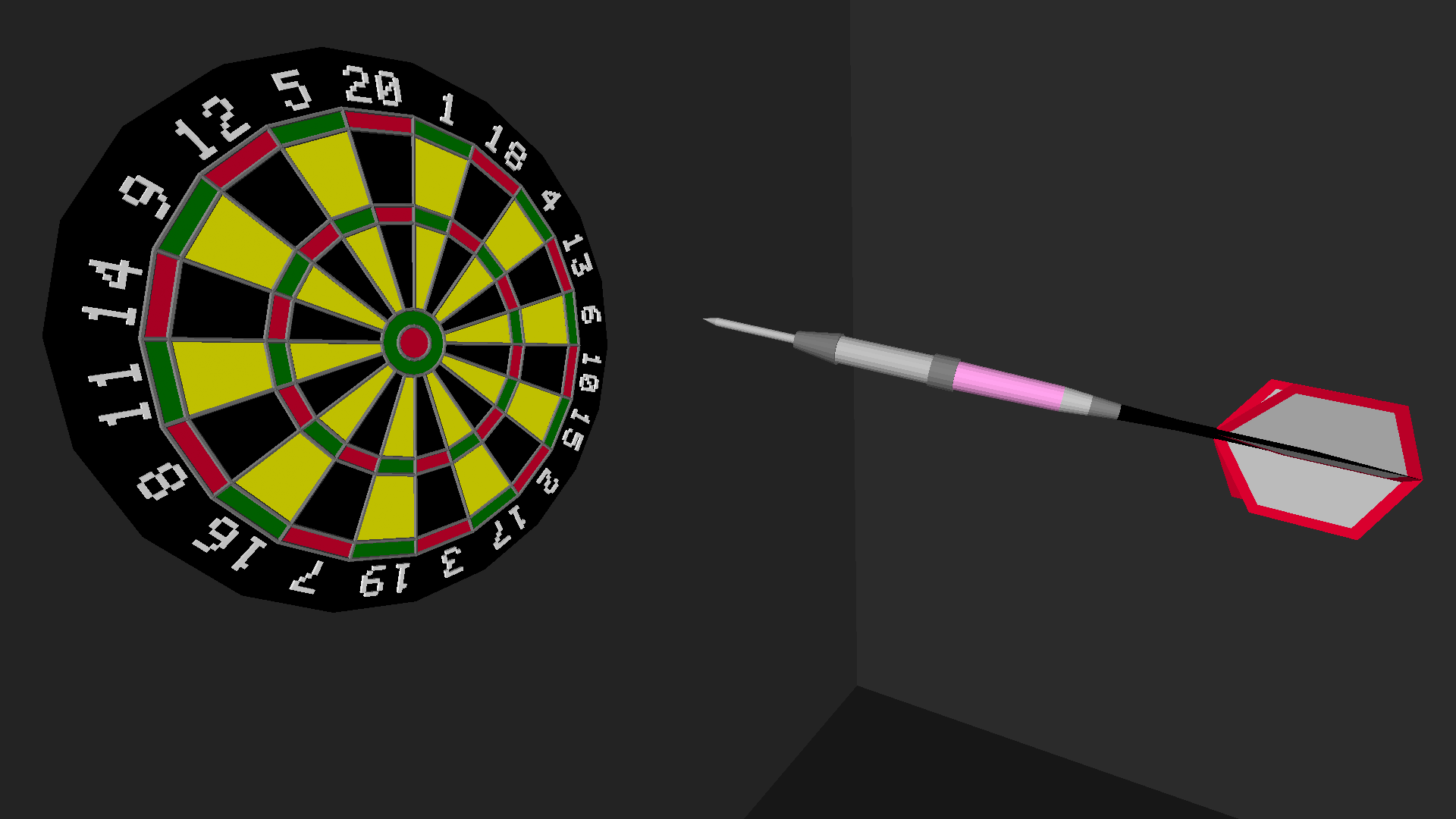
Turtle Wordle: A Clone of Wordle in 60 Lines of Logo
Wordle, a cross between Mastermind and Hangman, seems to be the rage these days. Also, implementing it in as few lines as possible. In Logo we get to cheat a little about the second bit, as we can stack multiple commands on the same line. But we still need to keep things within a reasonable line length.
We’re happy to say we succeeded in our efforts, and even expanded on the model somewhat, adding progressively longer words and hints, among other things. This is a pretty good example of string and list management in Logo, which is what it was initially created for, even before the turtle!
Check out the source code below, or open in the web IDE…
TO wordle
reset hideturtle make [score level stage] [0 1 1] maximize settextsize 1
cleartext overlayscreen settextwindow [0 30 99 47] settextforeground 14 ;short form: settf
print |TurtleWordle: Get one point for each letter in solution, lose one point for each guess.|
print |You have word-length + 1 chances to guess the word. Level acts as score multiplier.|
print |Get 6 4-letter words correct to advance, 5 5-letter words, 4 6-letter words and so-on.|
print |Game ends when you run out of guesses, or guess the 9-letter word! (You brain you!)|
print |Uppercase indicates correct letter and position, lowercase only that letter is in word.|
cursordown playsound "drop ;we use simple encryption not to make this too easy!
make "words1 [bsai dpme ql?n kgli hskn ap?@ jmai qj?k afsk ngli mtcp jmem dgpc @cr? @jsc ctcl]
make "words2 [xc@p? nsnnw kmsqc ?@msr slbcp fmpqc qmslb jmaiq @p?gl ilmai lmprf ?jnf? glbcv]
make "words3 [q?j?kg ngaijc afccqc igrrcl ngejcr rsprjc rmgjcr @mtglc amddcc ecp@gj bctglc]
make "words4 [mar?nsq qg@jgle mnsjclr ejsrrml n?wkclr asqfgml n?p?qmj jcrrcpq gltmjtc @j?licr]
make "words5 [bp?k?rga nclr?eml kmrmpa?p qmjsrgml slbcpqc? mtcpam?r sk@pcjj? l?rrpcqq qslqfglc]
make "words6 [qs@k?pglc u?rcpd?jj qrpccra?p slbcpuc?p bcqrpmwcp ?n?prkclr bmaskclrq pm?bam?af]
label "select ;return here using 'go'
if :level = 7 [settf 3 print |Congratulations! You win!| playsound "applause go "playagain]
make "selection random count thing word "words :level
make "enword uppercase item :selection thing word "words :level
make word "words :level remove :selection thing word "words :level
make "word empty foreach "char :enword [make "word word :word char (ascii :char) + 34]
make "chances 1 + count :word make "tries 0 clearscreen penup setfillcolor 12 ht
settypesize 20 setxy -200 80 typeset "Turtle setxy 80 80 typeset "Wordle settypesize 10 home st
foreach "letter "abcdefghijklmnopqrstuvwxyz [make :letter instances :letter :word]
forever [
foreach "letter "abcdefghijklmnopqrstuvwxyz [make word "p :letter 0]
settf 6 (print |Tries remaining:| :chances - :tries) settf 15
dountil (count :guess) = (count :word) [
(type |Word is | count :word | letters: |) make "guess lowercase readword]
inc "tries make "correct 0 make "hits []
setxy 0 - (5 * count :word) 100 - (:tries * 20)
foreach "letter :guess [
if :letter = item loopcount :word [inc word "p :letter] ]
foreach "letter :guess [
if :letter = item loopcount :word [
settf 4 type uppercase :letter
setfc 4 typeset uppercase :letter
inc "correct playsound "drop queue loopcount "hits
] [if containsp :letter :word [inc word "p :letter
if (thing word "p :letter) <= thing :letter [ settf 13 type lowercase :letter setfc 13 typeset lowercase :letter playsound "drip] [ settf 15 setfc 15 type "- typeset "- playsound "dunk] ] [settf 15 setfc 15 type "- typeset "- playsound "dunk] ] ] print empty slideright 10 if :correct = count :word [ settf 12 type |You got it! | playsound pick [sheep sheep2 sheep3] make "score :score + ((1 + ((count :word) - :tries)) * :level) if (:chances - :tries) > 0 [
inc "stage if :stage = 8 - :level [
make "stage 1 inc "level settf 9 print |Level up!| playsound "please] ] [
settf 1 print |No points. Try again.| playsound "crow]
settf 13 print sentence |Your score is: | :score go "select]
if :tries = :chances [settf 3 (print |Word was:| :word)
settf 7 (print |Too bad! Final score: | :score) playsound "evil go "playagain]
if 0 = remainder :tries 3 [
dountil not containsp :pick :hits [make "pick 1 + random count :word] settf 8
(print |Psst: the letter in position | :pick | is | uppercase item :pick :word |!|)] ]
label "playagain settc 13 question |Play again? (Y/N)|
if "N = uppercase answer [restore resetall finish] [wordle]
END


